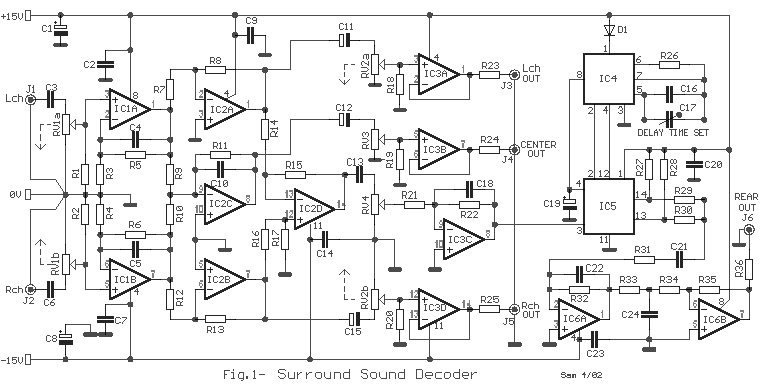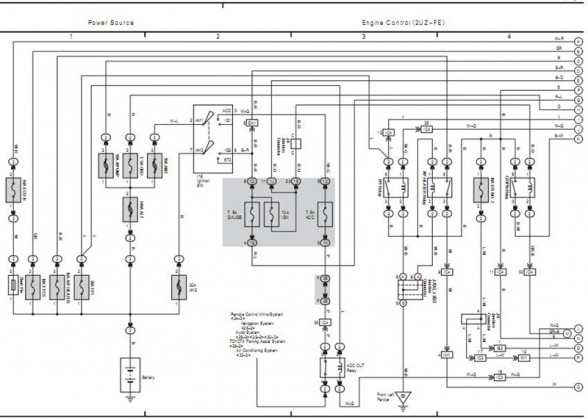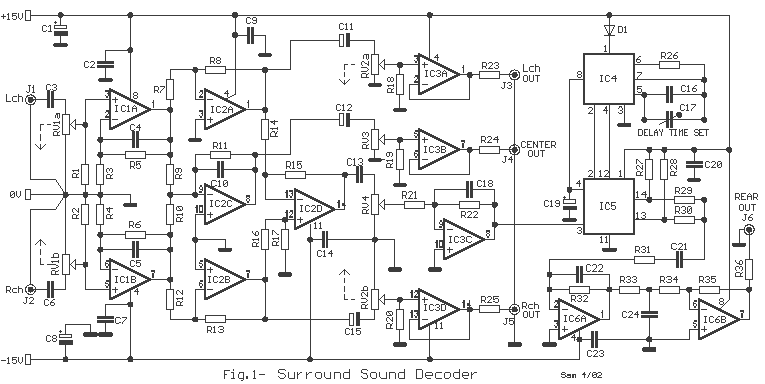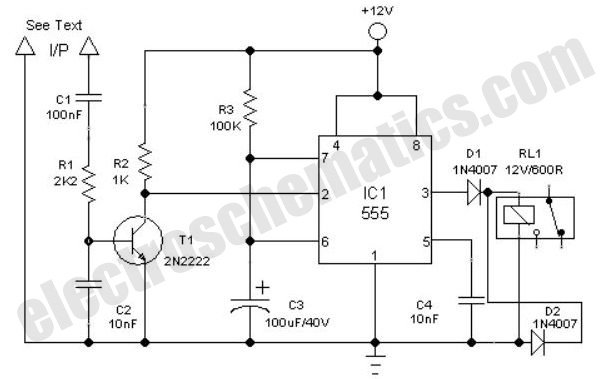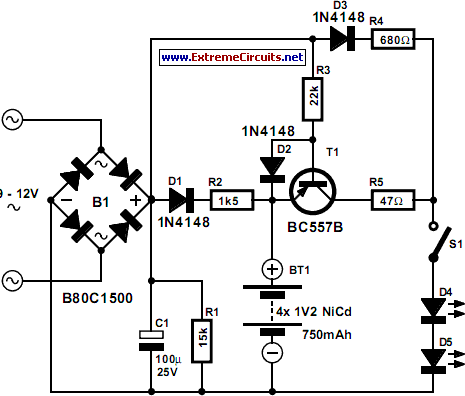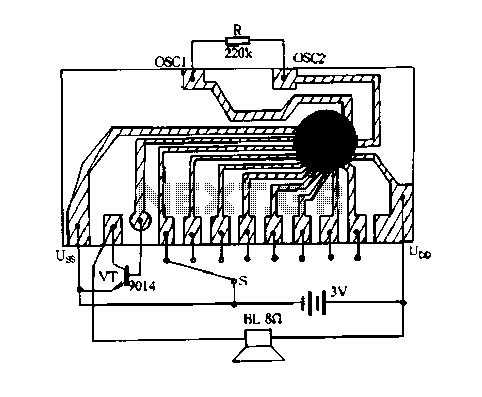
jk electrical lighting sound systems
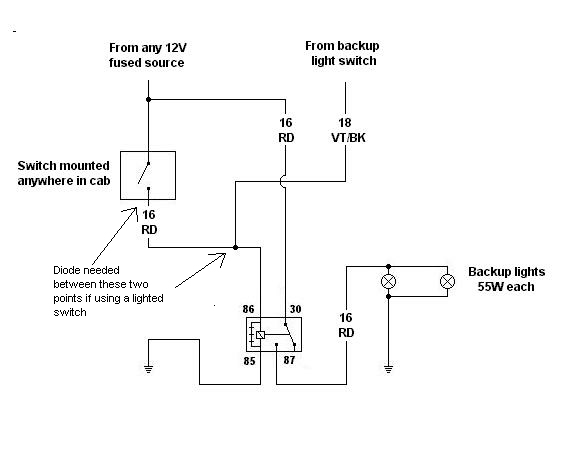
Utilizing a relay allows for a reduction in the length of thick wires that need to be routed, particularly through the firewall and beneath the dashboard. This approach also minimizes the necessity for a larger switch. However, when integrating with any stock JK electrical wiring, such as connecting to the original switch, it is crucial to be aware of the current levels that the JK expects on that circuit. Failing to do so may result in unexpected failures. For example, if the JK anticipates a current of 100 milliamps (a hypothetical figure), connecting two 100-watt bulbs directly to that circuit could lead to blown fuses, potential damage to the vehicle's computer, or overheating of the wiring, among other issues. Although there may be curiosity about operating all four lights without a relay for simplicity, it is advisable to use one relay for each set of lights. This not only enhances brightness but also accounts for wire resistance, which increases with length. The relay serves as a remote switch, bringing the connection between the lights and the battery closer, thus improving brightness. Additionally, safety is a key consideration; without a relay, excessive current draw could heat the wire, risking insulation melting and creating hazardous conditions if the fuse fails to blow. For instance, two 100-watt bulbs would draw approximately 17 amps, which is significant. While the switch may handle that current, the longer wire runs necessitate larger gauge wire to avoid power loss and overheating due to voltage drops. Depending on insulation ratings, wire sizes of 16 or even 14 gauge may be required. This type of wire is robust but challenging to work with, especially when routing through tight spaces. A relay simplifies installation, and when using an additional pair of bulbs, the current draw could lead to overheating of the switch. A relay with terminals rated for the required current will ensure that even a light-duty switch can manage the load, provided it can handle the coil current necessary to operate the relay's electromagnet.
In an electronic schematic, the integration of relays into a lighting circuit is a common practice to enhance efficiency and safety. The relay acts as an intermediary switch that allows a low-current control signal to operate a high-current load, such as automotive lights.
The typical relay configuration consists of four main terminals: two for the coil and two for the switch contacts. The coil terminals are connected to the control switch, which activates the relay when closed. The switch contacts are connected to the power supply and the load (in this case, the lights). When the control switch is activated, current flows through the coil, creating a magnetic field that closes the switch contacts, thereby allowing current to flow from the power supply to the lights.
The relay's placement should be as close to the lights as possible to minimize the distance that high-current wires must travel. This minimizes voltage drop and enhances light output. The use of appropriately rated wire gauges is essential; for example, 16 or 14 gauge wires may be used based on the anticipated current load. The relay should also be rated for the total current draw of the connected lights to ensure safe operation.
In terms of safety, a fuse should be placed in line with the power supply to the relay to protect against short circuits or overload conditions. Additionally, the relay should be mounted securely to prevent vibration from causing disconnections. Proper insulation and strain relief should be implemented at all wire connections to prevent wear and potential failure points.
Overall, implementing relays in automotive lighting systems not only simplifies the wiring process but also enhances the reliability and safety of the electrical system.By using a relay, you shorten the distance that you must pull the thick wires (especially through the firewall and under the dash), and you reduce the need for a larger switch. However, having said that, if you plan to connect to any of the stock JK electrical wiring (such as wiring them to the stock switch), then you must pay careful attention to what current levels the JK is expecting on that wire
else you cause unexpected failures. IOW: If the JK is expecting 100 milliamps (and I made up that number), don`t try to wire two 100-watt bulbs directly on that circuit. You may blow a fuse, you may cause the computer to croak, you may burn up wiring, or any of a lot of other bad things.
I`ve never put in a relay before, but maybe it`s just worth it to do so just for the efficiency of the deal, but I was curious if I could run all four lights without a relay, that would be the easiest solution as far as installation was concerned. 2007 Steel Blue 2Dr | 3" Full-Traction Lift | 35" Mickey Thompson Baja Claws | RR Modular Front Bumper | Smittybuilt Rear Bumper with Tire Carrier | Mopar Advanced Rock Rails | Body Armor Jerry Can Holder | Safari Straps For each set of lights you should use one relay.
First it will make the lights brighter. No matter how thick the wire is it will have a amount of resistance to it. The longer the wire the more resistance it will have. The relay is like a remote switch and moves the connection between the lights and the battery closer together. The shorter the wire distance from the light to the battery the brighter the light will be. This is one of the reasons why relays are used. The second reason is safety. If you do not use a relay and you have to much draw from the lights being on the entire length of the wire could heat up and the insulation could melt and then it will be a fireworks show if the fuse doesn`t blow.
08 Rubi Ultd | TERAFLEX 3" Lift & Frt Trk Bar | Rancho RS9000XL wMyRide | Stone White 16" PC 1079 and 35" GY MTR Kevlar`s | Cobra 29 w/ Cool Tech mnt. | Mopar Htd Seats | "Rescue" badges | Flashpaq w XDI CAI | Woods Hood Lift & Rear Door Shock & SS reloc kit | Gibson Quad Tip SS | Headers |MyGIG Lockpick wMic & RV cam | True HID Bi-Xenon Head and Fog 6000K | Viair HD OBA | Riddler FR Diff Cvrs | Full LED Conversion Two 100-watt bulbs will draw about 17 amps.
So the switch will be fine. However, that`s a lot of current draw, and if you don`t use a relay you`re running those thick wires for much longer-which means you need even larger wire to prevent power loss and overheating from voltage drops. Depending on the rating of the insulation, you`re probably looking at 16, maybe even 14 gauge wire. It`s not battery cable by any means, but it`s stout, stiff stuff. Difficult to work with, especially when you`re bringing it through the firewall and up under the dash and trying to get it to wherever that switch will be located.
I wouldn`t want to run it. A relay will make your install easier. As for running an extra pair of bulbs on that switch: Too much current, which means the switch will overheat. And, the wire size is unbelievably difficult to work with. But, put in a relay with terminals rated at that current and you`ll be good to go with even a light-duty switch (as long as it handles the relay`s coil current-the current it takes to operate the electromagnet in
🔗 External reference
In an electronic schematic, the integration of relays into a lighting circuit is a common practice to enhance efficiency and safety. The relay acts as an intermediary switch that allows a low-current control signal to operate a high-current load, such as automotive lights.
The typical relay configuration consists of four main terminals: two for the coil and two for the switch contacts. The coil terminals are connected to the control switch, which activates the relay when closed. The switch contacts are connected to the power supply and the load (in this case, the lights). When the control switch is activated, current flows through the coil, creating a magnetic field that closes the switch contacts, thereby allowing current to flow from the power supply to the lights.
The relay's placement should be as close to the lights as possible to minimize the distance that high-current wires must travel. This minimizes voltage drop and enhances light output. The use of appropriately rated wire gauges is essential; for example, 16 or 14 gauge wires may be used based on the anticipated current load. The relay should also be rated for the total current draw of the connected lights to ensure safe operation.
In terms of safety, a fuse should be placed in line with the power supply to the relay to protect against short circuits or overload conditions. Additionally, the relay should be mounted securely to prevent vibration from causing disconnections. Proper insulation and strain relief should be implemented at all wire connections to prevent wear and potential failure points.
Overall, implementing relays in automotive lighting systems not only simplifies the wiring process but also enhances the reliability and safety of the electrical system.By using a relay, you shorten the distance that you must pull the thick wires (especially through the firewall and under the dash), and you reduce the need for a larger switch. However, having said that, if you plan to connect to any of the stock JK electrical wiring (such as wiring them to the stock switch), then you must pay careful attention to what current levels the JK is expecting on that wire
else you cause unexpected failures. IOW: If the JK is expecting 100 milliamps (and I made up that number), don`t try to wire two 100-watt bulbs directly on that circuit. You may blow a fuse, you may cause the computer to croak, you may burn up wiring, or any of a lot of other bad things.
I`ve never put in a relay before, but maybe it`s just worth it to do so just for the efficiency of the deal, but I was curious if I could run all four lights without a relay, that would be the easiest solution as far as installation was concerned. 2007 Steel Blue 2Dr | 3" Full-Traction Lift | 35" Mickey Thompson Baja Claws | RR Modular Front Bumper | Smittybuilt Rear Bumper with Tire Carrier | Mopar Advanced Rock Rails | Body Armor Jerry Can Holder | Safari Straps For each set of lights you should use one relay.
First it will make the lights brighter. No matter how thick the wire is it will have a amount of resistance to it. The longer the wire the more resistance it will have. The relay is like a remote switch and moves the connection between the lights and the battery closer together. The shorter the wire distance from the light to the battery the brighter the light will be. This is one of the reasons why relays are used. The second reason is safety. If you do not use a relay and you have to much draw from the lights being on the entire length of the wire could heat up and the insulation could melt and then it will be a fireworks show if the fuse doesn`t blow.
08 Rubi Ultd | TERAFLEX 3" Lift & Frt Trk Bar | Rancho RS9000XL wMyRide | Stone White 16" PC 1079 and 35" GY MTR Kevlar`s | Cobra 29 w/ Cool Tech mnt. | Mopar Htd Seats | "Rescue" badges | Flashpaq w XDI CAI | Woods Hood Lift & Rear Door Shock & SS reloc kit | Gibson Quad Tip SS | Headers |MyGIG Lockpick wMic & RV cam | True HID Bi-Xenon Head and Fog 6000K | Viair HD OBA | Riddler FR Diff Cvrs | Full LED Conversion Two 100-watt bulbs will draw about 17 amps.
So the switch will be fine. However, that`s a lot of current draw, and if you don`t use a relay you`re running those thick wires for much longer-which means you need even larger wire to prevent power loss and overheating from voltage drops. Depending on the rating of the insulation, you`re probably looking at 16, maybe even 14 gauge wire. It`s not battery cable by any means, but it`s stout, stiff stuff. Difficult to work with, especially when you`re bringing it through the firewall and up under the dash and trying to get it to wherever that switch will be located.
I wouldn`t want to run it. A relay will make your install easier. As for running an extra pair of bulbs on that switch: Too much current, which means the switch will overheat. And, the wire size is unbelievably difficult to work with. But, put in a relay with terminals rated at that current and you`ll be good to go with even a light-duty switch (as long as it handles the relay`s coil current-the current it takes to operate the electromagnet in
🔗 External reference
